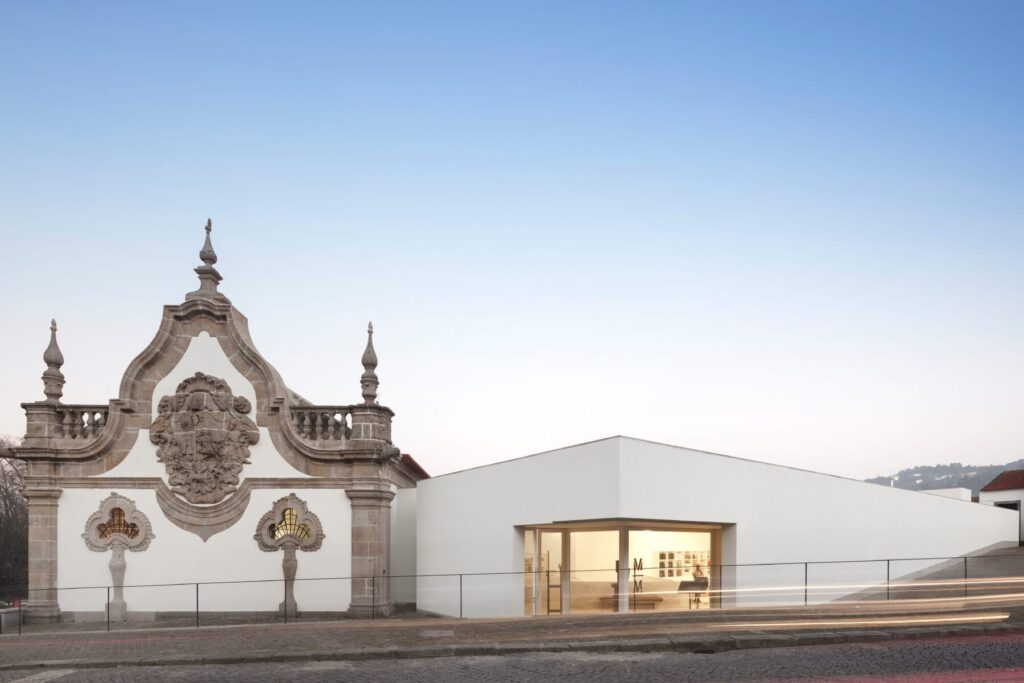“The first documented museological activities in Santo Tirso date back to 1915, when, for the first time, a collection of archaeological objects gathered by Father Joaquim Augusto da Fonseca Pedrosa was exhibited in the cloister of the monastery.
“The Municipal Museum Abade Pedrosa was ‘reactivated’ by a municipal resolution on November 7, 1985 (minutes no. 46, pp. 24–25), which defined the scope of its collections, its mission, and objectives.
On March 10, 1989, it was inaugurated and officially opened to the public with an exhibition dedicated to the archaeology of the municipality. In 1997, as part of an application to Subprogram C of PRONORTE, the permanent exhibition was redesigned, with new exhibition spaces created and the implementation of Educational Services and a library specialized in Archaeology. In 2000, an auditorium with a capacity of 72 seats was installed.
The museum collection on display consists mainly of archaeological objects from various sites in the region, covering a chronological span from the Paleolithic to the Contemporary Period. It is complemented by a section dedicated to industrialization and the transformation of the territory and landscape, a process that began in the mid XIX. The permanent exhibition aims to document the daily life of populations across different historical periods, in close connection with the archaeological sites that serve as the repository of knowledge about the cultures portrayed.
On May 13, 2002, the Municipal Museum joined the Portuguese Museum Network, becoming, from that date onward, part of a relatively select group of museological institutions ‘accredited’ by the IPM/RPM.
The renovation of MMAP, inaugurated on May 21, 2016, designed by architects Álvaro Siza Vieira and Eduardo Souto de Moura, was part of a broader program that included the construction of the headquarters of the Santo Tirso Museum of Contemporary Sculpture, with which it shares various facilities – Administrative Area, Shop, Cafeteria, Auditorium, and Storage.
The intervention made it possible to redesign the support and communication narrative, as well as to provide better adaptation of the furniture to the space, ensuring exceptional exhibition conditions, particularly regarding the conservation and preservation of the collection, the visibility of the pieces, the flow of circulation, and the improvement of visitor reception conditions.
